Despite the rewarding and technology-driven careers available in advanced manufacturing, many students simply don’t know that such opportunities exist. Thus it is vital that educators and industry partners align their outreach initiatives to increase awareness and generate excitement about advanced manufacturing.
“What do you want to be when you grow up?” Students’ answers vary, but advanced manufacturing never tops the list. Why not? A few reasons:
- Students might not understand what careers opportunities are available.
- They may have a negative perception that manufacturing is a dirty job.
- Students might question how their math and science lessons apply in the real world.
Manufacturing companies view these scenarios as a valuable opportunity to increase awareness and interest among the younger generations. To that end, outreach initiatives emphasize STEM-related programs to engage students and spark interest in advanced manufacturing.
Often, companies will partner with local school districts or community/technical colleges to support high-quality career and technical education (CTE) programs. Joliet Junior College (JJC) — located in Joliet, Illinois — offers innovative STEM programs for the community in partnership with companies such as CITGO Petroleum Corporation and Exelon.
Explore careers
Students in grades six through eight learn about various career pathways in a hands-on environment at JJC’s STEM Academy Technology Camp. Students learn about many technical areas:
- Automotive
- Architecture
- Engineering >amp; construction
- 3D printing
- Computer-aided design and drafting
- Electrical
- Industrial maintenance technology
- Manufacturing
- Orthotics >amp; prosthetics technology
- Robotics
- Welding
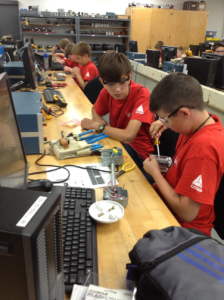 In partnership with CITGO Petroleum Corporation, JJC developed activity guides that highlight the importance of STEM. These resources targeted various age groups — from kindergarten through junior high school. For high school students, a unique career pathways brochure showcased occupations available at CITGO, and shared the education required in order to obtain those positions.
In partnership with CITGO Petroleum Corporation, JJC developed activity guides that highlight the importance of STEM. These resources targeted various age groups — from kindergarten through junior high school. For high school students, a unique career pathways brochure showcased occupations available at CITGO, and shared the education required in order to obtain those positions.
CITGO is also an active participant in JJC’s annual MFG Day event for high school students. This event brings together manufacturing and education. Manufacturers share about career opportunities available and highlight business-education partnerships in place to guide students as they navigate postsecondary transitions.
“Whether CITGO is sharing STEM through a camp, academy or career pathway discussion, the goal is to be a part of increasing STEM capabilities in students of all ages,” said Dennis Willig, vice president and general manager of the CITGO refinery in Lemont, Illinois.
Expand access to manufacturing pathways
JJC partners with Exelon to provide additional STEM opportunities for the Joliet community. Girls Leading the Charge, funded through a grant from Constellation, an Exelon company, educates middle school aged girls in technology and engineering skills. For the past four years, girls in grades six through eight have learned about solar power energy and engineering. This STEM-focused program progresses in three levels that increase in project scope and difficulty. Girls explore concepts in alternative energy and participate in hands-on activities.
Participants design their own cars, and they are required to troubleshoot if the design does not work. In addition to learning about physics, mechanics and solar energy, students develop critical thinking and problem-solving skills. In the end, the girls present their designs, and share what they learned through the design, building and testing process. Opportunities like these are available when companies such as Exelon invest in their community.
“[Girls Leading the Charge] is the first camp/class of this sort we have done at JJC, and my daughter and her friend loved it!” A parent continued, “I’m a high school teacher and I have super high expectations! When I saw the girls made solar powered robots, I was blown away. Both girls are still talking about how they made the robots, and remote cars and skateboard. It’s so, so, so awesome to get them involved in STEM.”
When students are introduced to these types of programs at an earlier age, they become more aware of the opportunities that are available.
Meet local workforce needs
JJC’s operations engineering and technician (OET) program, sponsored by a partnership with Exelon, connects local talent to good paying jobs in the Joliet area. Students in JJC’s OET program earn an associate of applied arts degree while training for a career in petrochemical, nuclear or manufacturing industry. The program presents a hands-on learning environment where students also complete a summer internship.
“We admire the commitment Joliet Junior College makes to shaping and growing the individuals entering the industrial workforce,” said Sara Peters, Dresden Station communications manager. “We’re pleased to say that our local nuclear plants have benefitted from hiring several graduates of the OET program and the knowledge and skills they’ve brought to their jobs from day one.”
Outreach initiatives make an impact
These innovative outreach programs demonstrate a strong commitment from manufacturing companies to give back to the communities they serve.
“We’re extremely fortunate to have manufacturing companies such as CITGO and Exelon in our area who recognize the importance of this outreach initiative,” said Amy Murphy, dean of applied arts, workforce education >amp; training at JJC. “Through these partnerships, we’ve been able to provide innovative programs and events for students in elementary, junior high and high school so we can collectively inspire our future workforce.”
Learn more about Joliet Junior College’s STEM programs.
Melissa Lachcik is continuing education development coordinator at Joliet Junior College.
![]() ACTE is excited to unveil the comprehensive agenda for CareerTech Virtual VISION 2020, a fully online, virtual experience, happening Nov. 30–Dec. 4!
ACTE is excited to unveil the comprehensive agenda for CareerTech Virtual VISION 2020, a fully online, virtual experience, happening Nov. 30–Dec. 4!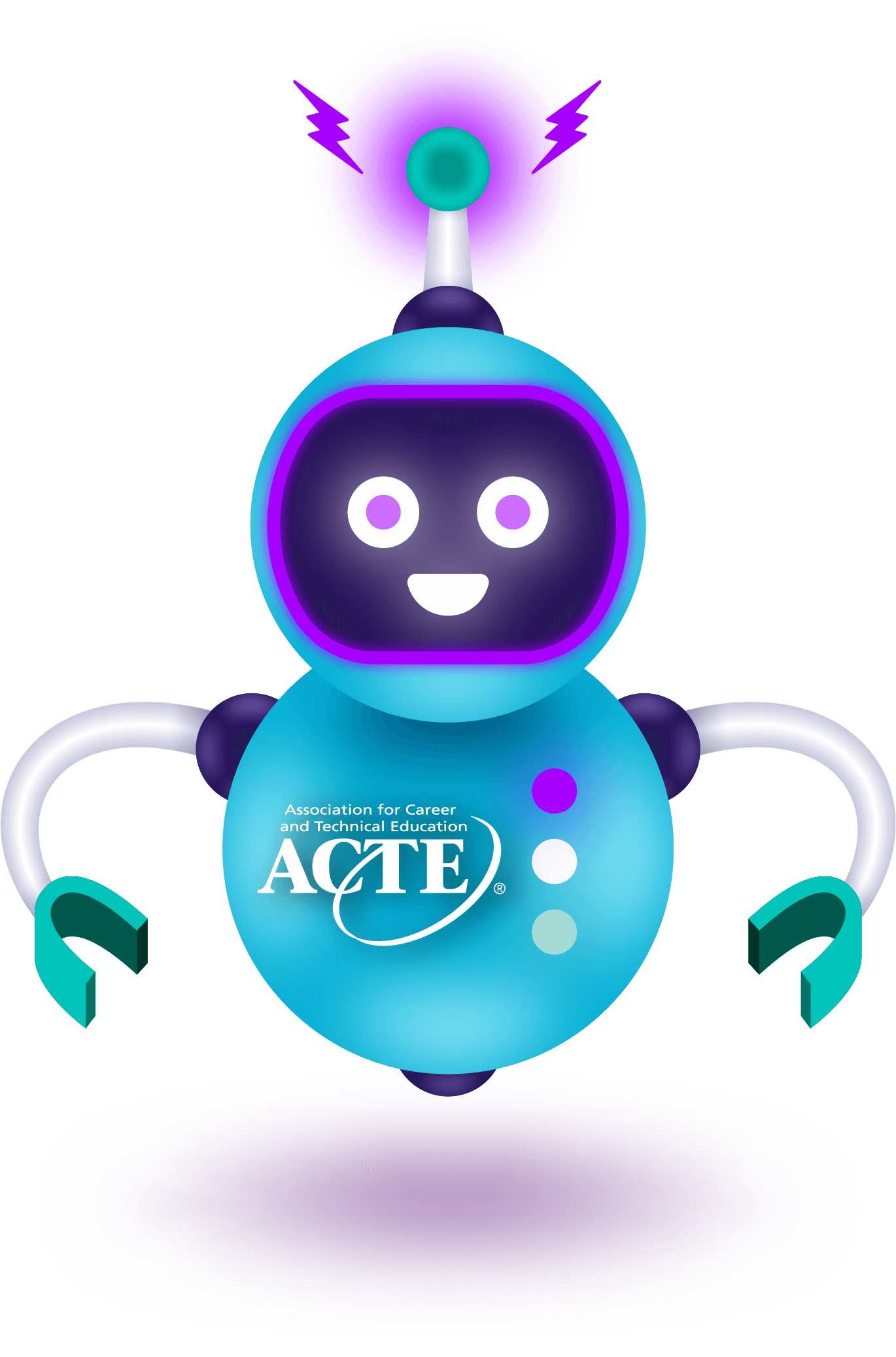
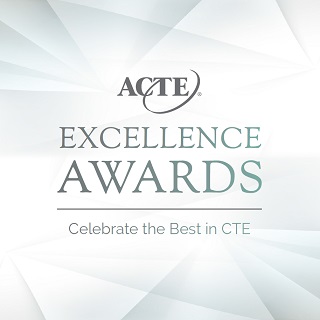
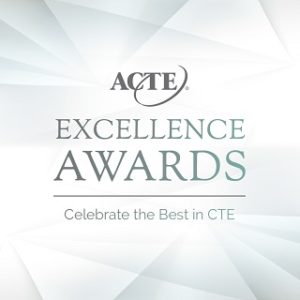 The ACTE Excellence Awards recognize:
The ACTE Excellence Awards recognize: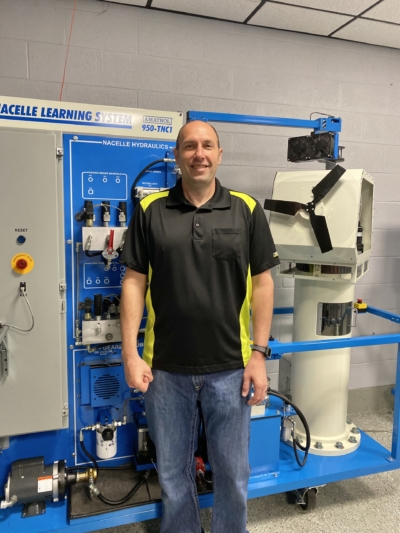
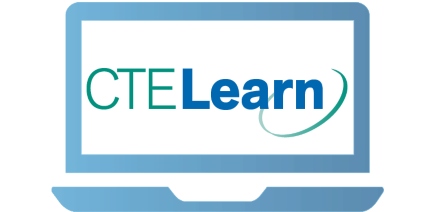

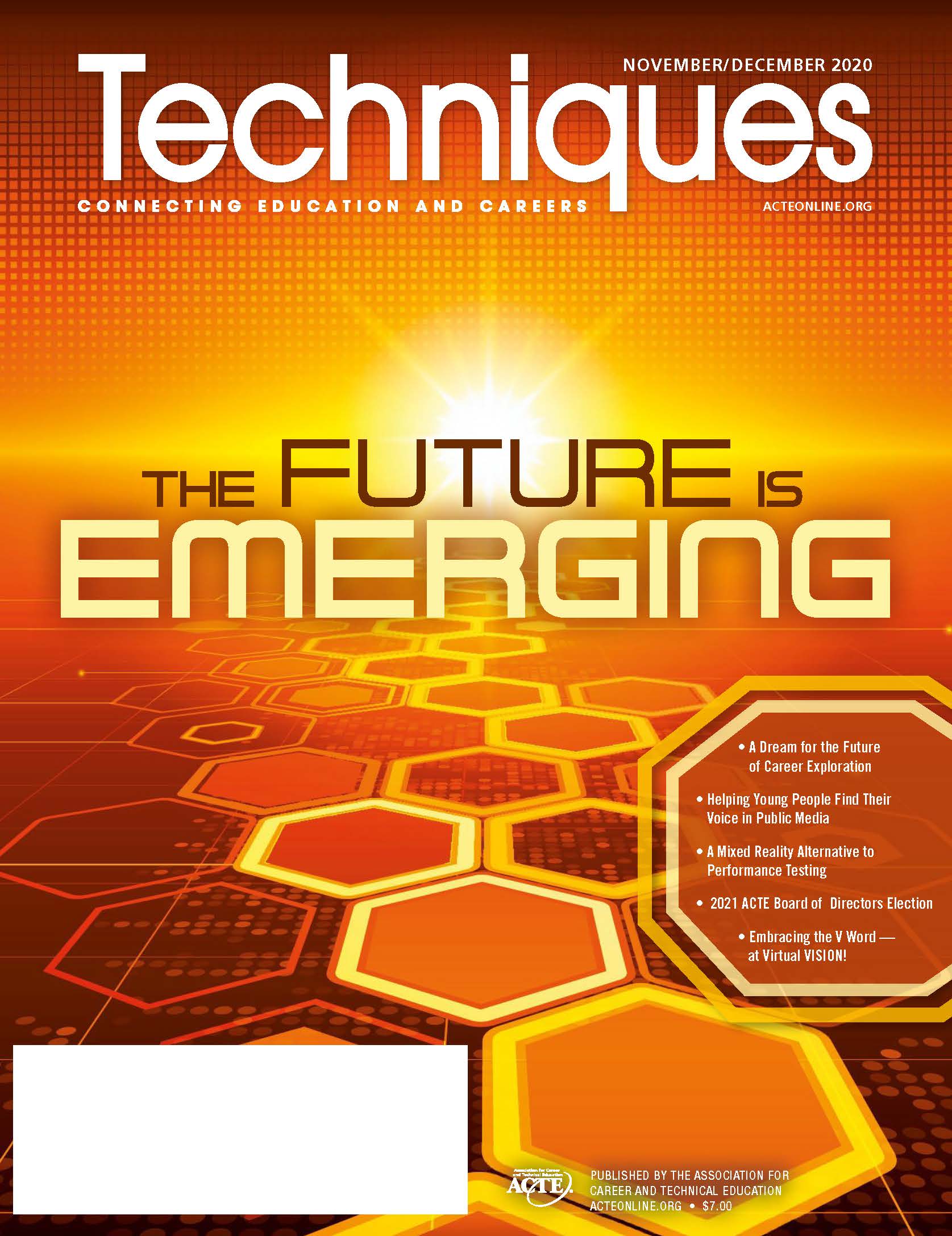
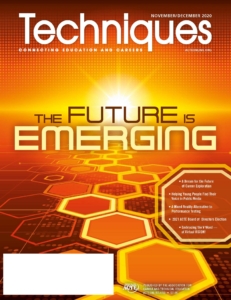


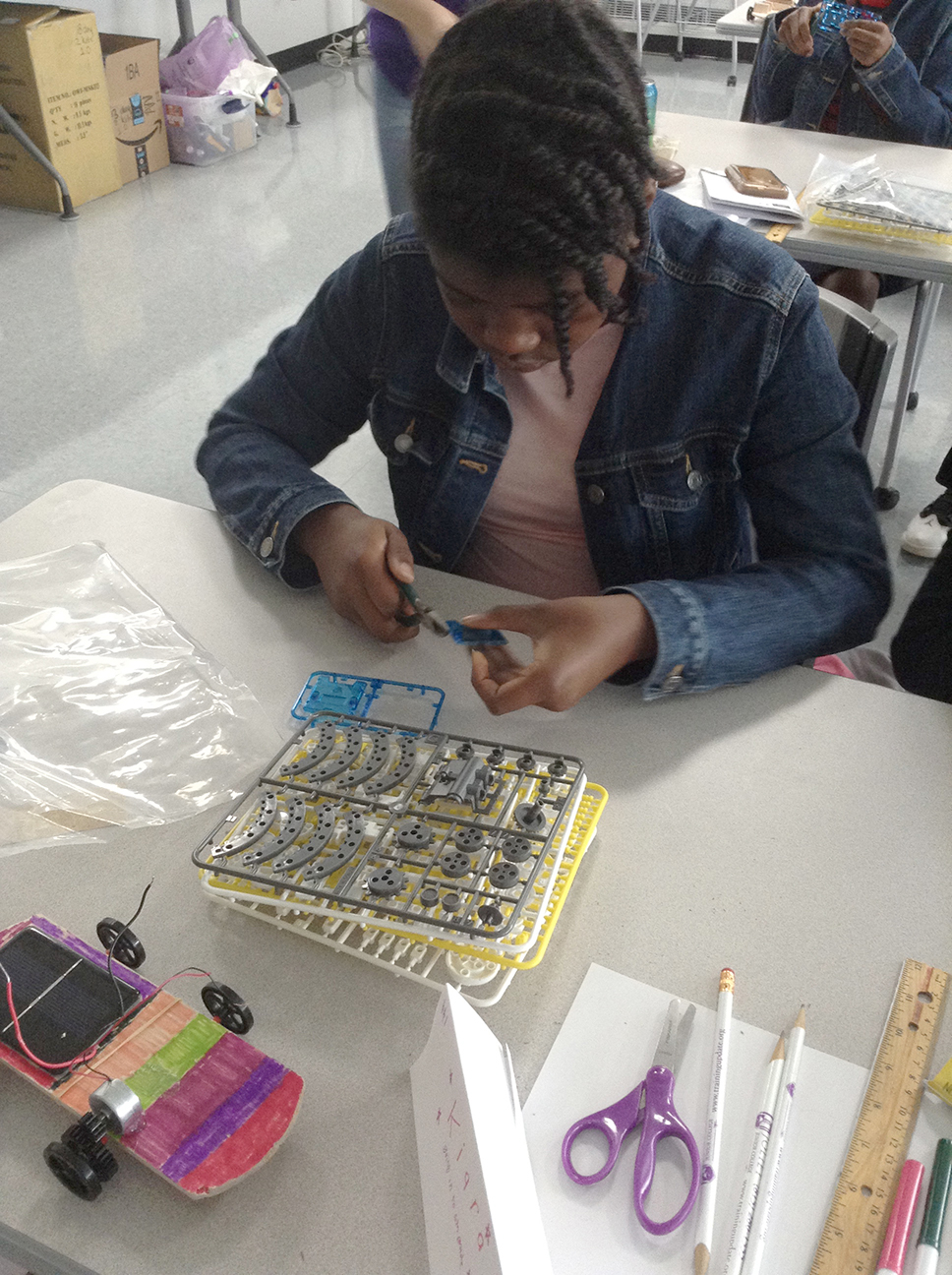
 In partnership with CITGO Petroleum Corporation, JJC developed activity guides that highlight the importance of STEM. These resources targeted various age groups — from kindergarten through junior high school. For high school students, a unique career pathways brochure showcased occupations available at CITGO, and shared the education required in order to obtain those positions.
In partnership with CITGO Petroleum Corporation, JJC developed activity guides that highlight the importance of STEM. These resources targeted various age groups — from kindergarten through junior high school. For high school students, a unique career pathways brochure showcased occupations available at CITGO, and shared the education required in order to obtain those positions.

 Meet Pam Carter, dean of business >amp; technology at Community College of Philadelphia. Carter’s interview appears as part of a spotlight series on 2020–21 fellows in the Postsecondary Leadership Success Program at ACTE – Sponsored by ECMC Foundation.
Meet Pam Carter, dean of business >amp; technology at Community College of Philadelphia. Carter’s interview appears as part of a spotlight series on 2020–21 fellows in the Postsecondary Leadership Success Program at ACTE – Sponsored by ECMC Foundation.




